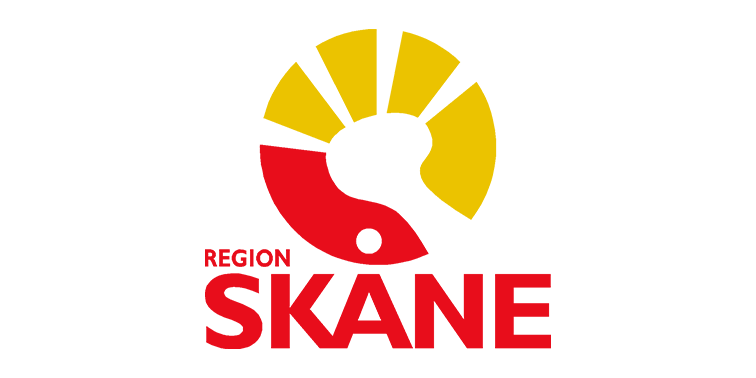Felix Helander visited Almedalen 2015 – and here are some of the highlights
The Almedal concept is still going strong, and even if visitor numbers are not necessarily increasing, nor are they falling. Almedalsveckan 2015 attracted 35,000 visitors, which was the same number of visitors present as in the election year of 2014. 1645 organisers presented 3465 events. With frightening precision there was an almost perfect balance among visitors of 48% women and 52% men. As politically correct as can be! As a trend, it can be seen that programme is becoming more concentrated on the main days of Monday to Wednesday and falling off increasingly quickly towards the end of the week.
The main topics covered are still health and social care issues. Economics, sustainability and construction also play major roles. But no more major than the business issues sharing second place with these topics.
I spent two days at this circus around the small park known as Almedalen, and was as usual utterly bombarded with impressions. Below are a few highlights from these two days.
Export seminar: A new export strategy for Sweden – how can more companies export more goods?
Enterprise and Innovation Minister Mikael Damberg explained how he wants to relaunch Swedish industry. He sees major potential in having more companies involved in direct exports. It is important to open up and not fall into the trap of merely protecting old industries.
80% of export growth comes from countries outside Europe, especially from China and India.
Damberg considers that it is important to develop direct exports. This in itself is not surprising, but what is interesting is how this government wants to allocate resources. On this point he made it clear that they want to invest in and expand Business Sweden. This organisation had been dismantled by the previous government but is now going to get a fresh start. On this level, regional efforts will become very important. Support systems should also become more transparent, says Damberg.
In the ensuing debate, both Teknikföretagen and IF Metall agreed in principle on almost everything. However, there could be a more visible support system, they said.
Scania’s man in China is on the same page and also asked for a clearer regulatory framework. Exports are a long term investment that require regulation. However, negative experiences of the support system have meant that companies such as SAFT Batteries avoid using the existing support system entirely.
However, as AstraZeneca’s CEO pointed out, the most important thing for a company’s export drive is the investment climate. Current levels of corporation tax are also important. The TTIP, the US-EU trade agreement, will be crucial. The societal coordination of support resources with the company’s investments would be desirable.
Food exports: How can we increase exports of food and agricultural products?
The Swedish food industry has increased its exports by 9% in recent years. However that is from a very low level, and imports have increased by more. Today’s consumption in the country is split 50-50 between imported and home produced food.
Annika Åhnberg, Coordinator of Food Strategy, argued that we need to think innovatively and take more initiatives. The new Swedish government will deploy agricultural counsellors around the world, at our embassies. These agricultural counsellors will work to promote Swedish food exports. We have some strong sales points, but we must exploit them.
LRF talks about a paradigm shift in which exports must increase. However, they are worried that the government might create special rules that would have the effect of hindering our exports. Strange new rules can hinder exports. Cooperation with politicians in this respect is essential. Special Swedish regulations regarding livestock and the environment make everything difficult.
Food exports amounted to 70 billion SEK last year. This is more than most other industries can achieve. 55,000 people work in the industry and 23% of production is exported.
The downside is that the exports consist mostly of low-value products such as milk powder.
Siemens organised a seminar on Automation and Digitalisation
On site was a mixed panel of representatives from organisations including Sandvik, Volvo, IF Metall, Vinnova and the Swedish Cabinet Office. The CEO of Siemens began by speaking about the benefits of automated production. With automation, you can reshore expatriated industrial production.
The skills issue came up immediately. Industry believes that there is a bigger issue here than the cost issue. Perhaps this doesn’t involve reshoring everything, but at least we can maybe retain jobs here at home.
The Cabinet Office reports that an Industrial Chancellor will be appointed, and that there will be a great deal of focus on skills supply. Automation and digitalisation require expertise. It is important for the whole community to be able to fulfil this need. At the same time, it is difficult to get across to young people what it means to work in industry. Sandvik and Volvo are looking into that issue.
Digitalisation will be a threat rather than an opportunity unless schools keep up. Teachers should be paid more. In Denmark, 100 people are working on digitalisation for every 1.5 people in Sweden.
Both industry and politicians in Sweden should work towards a model more like Germany. We are stuck due to a cultural issue. Scandinavians are averse to change and risks, and this hampers entrepreneurship.
Problems with archaic IT structures in industry also create a great deal of frustration. Now is the time for Industry 4.0.




Leave a Reply
Want to join the discussion?Feel free to contribute!